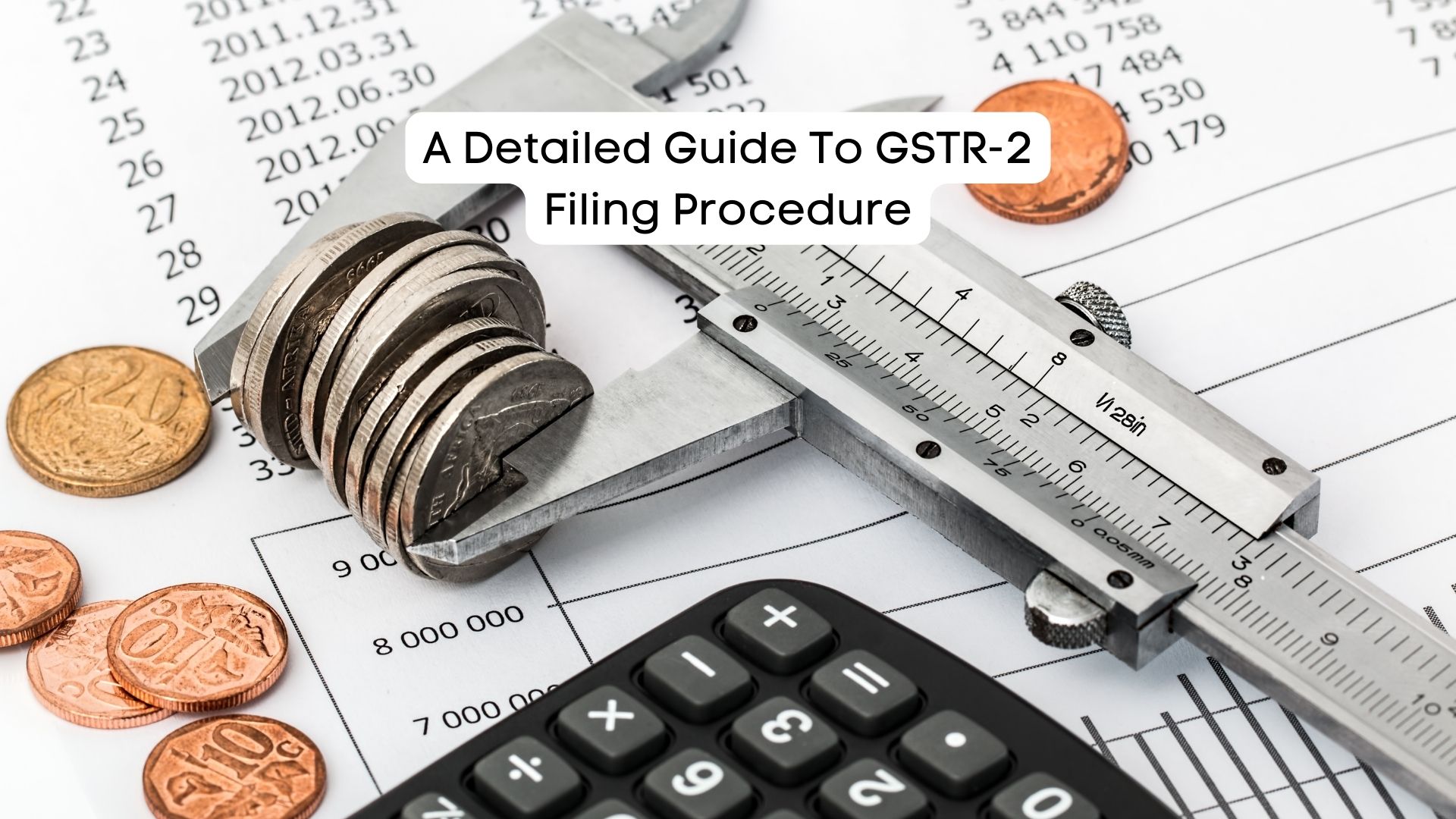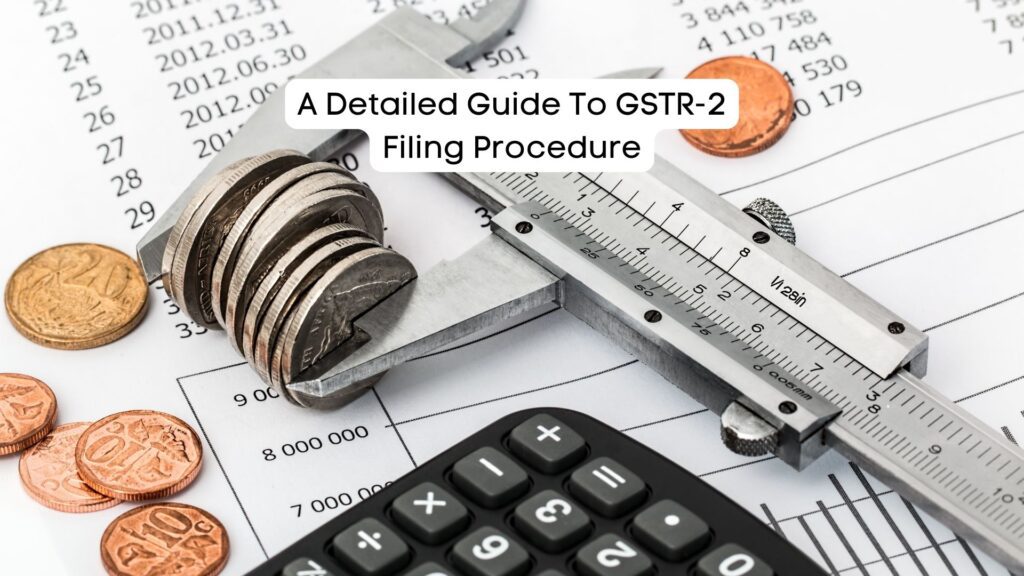
20 Feb A Detailed Guide to GSTR-2 Filing Procedure

In India’s Goods and Services Tax (GST) system, it’s crucial for businesses to diligently adhere to tax regulations by consistently filing returns. One such return, GSTR-2, holds significance as it centers on reporting inward supplies or purchases during a designated tax period. Precise completion of GSTR-2 facilitates businesses in aligning their input tax credits with the external supplies documented in suppliers’ GSTR-1. This piece explores the online process for GSTR-2 filing, providing a detailed walkthrough to streamline the reporting of inward supplies and maintain adherence to GST regulations.
Understanding GSTR-2:
GSTR-2 serves as a monthly return form under India’s GST system, replacing various erstwhile indirect taxes levied by both central and state governments.
Key Information Required for GSTR-2 Filing:
Before proceeding with GSTR-2 filing, individuals or business owners should ensure they have the following information at hand:
- Taxpayer’s name
- GSTIN (Goods and Services Tax Identification Number)
- Details of TCS (Tax Collected at Source) and TDS (Tax Deducted at Source)
- Registered input taxes credit
- Information on imported capital items, reversal charges, and inward supplies of goods
- Details of input tax credit cancellations or reclaims
- HSN Codes and Summary
- Adjustments or subtractions made to correct any inconsistencies in taxation
Who Should File GSTR-2:
All registered businesses in India dealing with purchasing inventory or supplies are mandated to file GSTR-2. Exceptions include composition dealers, non-residential entities, Input Service Distributors, individuals already collecting TCS or deducting TDS, and Online Information and Database Access or Retrieval Services Suppliers (OIDAR).
Filing Procedure for GSTR-2 Online:
To file GSTR-2 online, follow these steps:
- Log in to the official GST portal.
- Select “Returns” from the “Services” tab, then choose “Returns Dashboard.”
- Choose the financial year and return filing period.
- Select “Prepare Online” next to GSTR-2.
- Fill in the required information for inward supplies received during the designated tax period.
- Validate the entered data for accuracy and compliance.
- Periodically save the progress by clicking on the “Save” button.
- Review the form by clicking on the “Preview” button, making necessary corrections if required.
- Generate a JSON file of your GSTR-2 return by clicking on the “Generate JSON File” button.
- Upload the JSON file and submit your GSTR-2 return.
- Upon submission, receive an acknowledgment containing filing details.
GSTR-2A & GSTR-2B:
GSTR-2A automatically records data from sellers’ GSTR-1 filings, while GSTR-2B is a static auto-drafted statement providing ITC details for a specific tax period, unaffected by seller modifications.
Contents of GSTR-2 Form:
The mandated GSTR-2 format comprises 13 headings, detailing various aspects such as GSTIN, incoming supplies, TDS and TCS credits, advances paid, input tax credit reversal, and HSN summary.
Uploading Purchase Invoices in GST Portal:
Users can manually upload purchase invoices on the GST portal by following specific steps, including logging in, selecting the financial year, preparing online, entering invoice details, and finally submitting the filing.
Monthly Due Date for GSTR-2:
GSTR-2 must be submitted by the 15th of the following month, with a five-day gap between GSTR-1 and GSTR-2 filings.
Common Mistakes in GSTR-2 Filing:
Errors in quantity reporting, incorrect GSTIN entries, missing invoices, and mismatched HSN/SAC codes are common mistakes encountered during GSTR-2 filing.
Consequences of Non-Filing:
Non-filing of GSTR-2 impedes GSTR-3B filing and attracts significant fines and penalties. Since September 2017, GSTR-2 and GSTR-3 filings have been suspended.
Conclusion:
Compliance with GSTR-2 filing is crucial for Indian businesses to ensure GST adherence. By following the outlined online procedure, businesses can accurately report inward supplies, avoid penalties, and uphold tax transparency, thereby fulfilling their GST responsibilities effectively.


No Comments